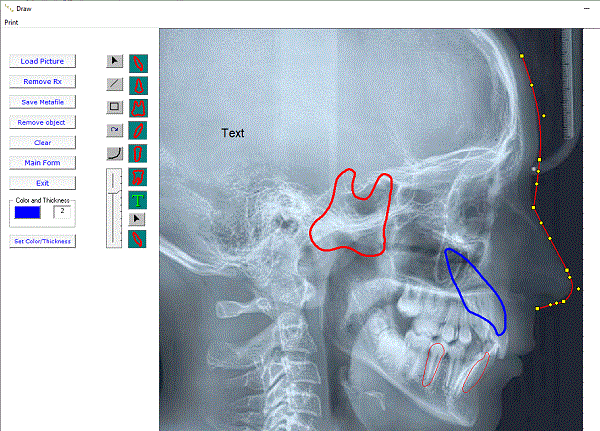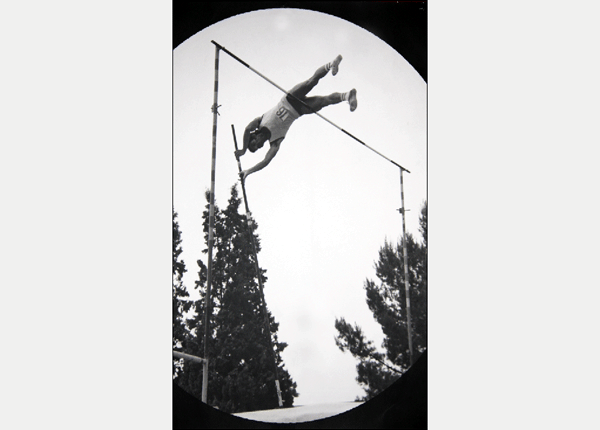

I started my practice as an orthodontist in 1984 when cephalometric analysis were performed by hand with acetate sheets, a ruler and a goniometer.
Every orthodontist learns immediately how important it is to make an accurate diagnosis before starting any therapeutic intervention.
Cephalometric analysis is very important because it allows us to establish the relationships between the bone bases that support the teeth whose position we want to correct.
Basically we have to evaluate whether from a skeletal point of view, and not just simply a dental one, we are dealing with a discrepancy on the anteroposterior and/or vertical plane.
We ultimately want to know if our patient has skeletal class I, II, or III, increased, decreased, or normal vertical skeletal dimension.
Finally, we must evaluate the direction of growth.
LightningCeph aims to provide us with these few but essential information with just a few clicks.
In the 90s I learned to use some programming languages and over time I created software dedicated to cephalometric analysis that I use with my patients and would like to share with colleagues.
LabCeph Image Processing:
Allows you to perform complex graphic processing for orthodontic purposes including the use of splines curves.
It's also totally free.
LightningCeph:
is the classic cephalometric analysis program rich in multiple functions.
It's Shareware.


LightningCeph - LabCeph Image Processing

LabCeph







